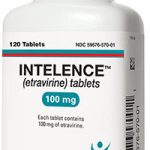
Ethionamide is active only against mycobacteria including Mycobacterium tuberculosis, M. kansasii, M. leprae, and some strains of M. avium complex. Resistance develops rapidly if used alone and there is complete cross-resistance between ethionamide and protionamide. Cross-resistance has been reported in vitro with isoniazid or with thioacetazone.









